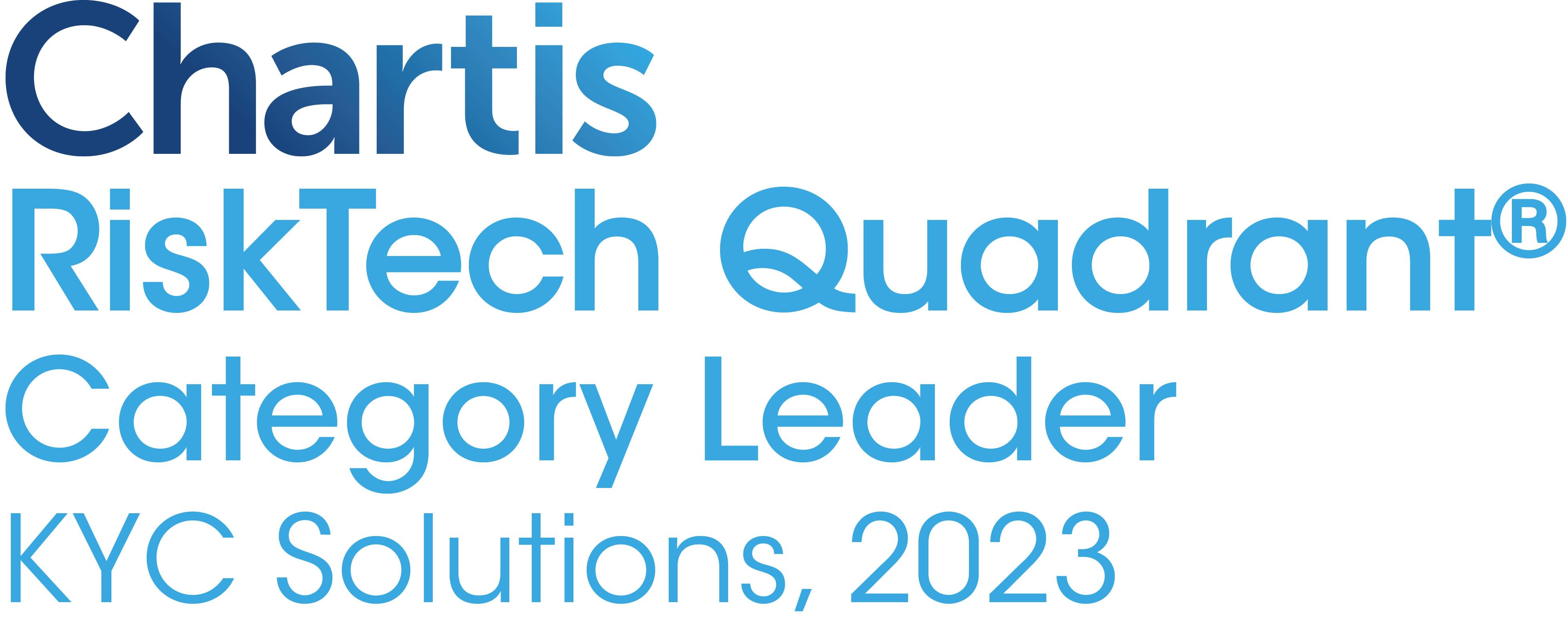FED Releases Stress Test Results and CECL Implementation Tool
The Board of Governors of the Federal Reserve System (FED) released results of the annual stress testing exercise for banks, along with a Current Expected Credit Losses (CECL) Expected Loss Estimator (ELE) tool.
The CECL ELE is a spreadsheet-based tool that utilizes the loan-level data and management assumptions, as entered in by the financial institution management. The ELE tool provides automated calculations using the Weighted Average Remaining Maturity (WARM) method, one of many CECL methods accepted by the Financial Accounting Standards Board (FASB). The tool is intended to aid community financial institutions in calculating their CECL allowances. The launch of the ELE tool builds on the previous release of the Scaled CECL Allowance for Losses Estimator, or SCALE, tool. Together, the ELE and SCALE tools provide two simplified approaches to CECL calculations for smaller community financial institutions. Along with the tool, FED has also released the instructions and frequently asked questions (FAQs) on this tool. The ELE tool can be used as either a primary tool in the allowance for credit losses calculation or as a supplementary tool to existing CECL process. This tool provides fully viewable code and formulas to allow financial institutions to independently verify the ELE tool and adjust as deemed necessary by their management.
The 2022 stress test results show that banks continue to have strong capital levels, allowing them to continue lending to households and businesses during a severe recession. All banks tested remained above their minimum capital requirements, despite total projected losses of USD 612 billion. Under stress, the aggregate common equity capital ratio—which provides a cushion against losses—has been projected to decline by 2.7 percentage points to a minimum of 9.7%, which is still more than double the minimum requirement. This year's hypothetical scenario was tougher than the 2021 test, by design, and included a severe global recession with substantial stress in commercial real estate and corporate debt markets. This year, larger banks saw an increase of over USD 50 billion in losses compared to the 2021 test. A total of 34 banks participated in the stress test for 2022 compared to the 23 banks in 2021; therefore, the aggregate results reported for the 2022 stress test are not fully comparable with the 2021 stress test results. These stress tests evaluate the resilience of large banks by estimating their capital levels, losses, revenue, and expenses under hypothetical scenarios over nine future quarters. The individual bank results from the stress test will factor directly into a bank's capital requirements, mandating each bank to hold enough capital to survive a severe recession. If a bank does not stay above its capital requirements, it is subject to automatic restrictions on capital distributions and discretionary bonus payments.
Related Links
- Press Release on 2022 Bank Stress Test Results
- 2022 Bank Stress Test Results (PDF)
- Press Release on Tool to Implement CECL
- ELE Tool (XLSM)
- ELE Tool Background and Instructions (PDF)
- ELE Tool FAQs (PDF)
Keywords: Americas, US, Banking, Stress Testing, Dodd Frank Act, Basel, Regulatory Capital, CECL, SCALE, ELE, Community Banks, FED, Accounting, IFRS 9, Allowance For Credit Losses, Warm Method, St Louis FED
Featured Experts

Laurent Birade
Advises U.S. and Canadian financial institutions on risk and finance integration, CCAR/DFAST stress testing, IFRS9 and CECL credit loss reserving, and credit risk practices.

María Cañamero
Skilled market researcher; growth strategist; successful go-to-market campaign developer

Anna Krayn
CECL adoption expert; engagement manager for loss estimation, internal risk capability enhancement, and counterparty credit risk management
Previous Article
UK Treasury Sub-Committee Seeks Views on Strong and Simple FrameworkRelated Articles
BIS and Central Banks Experiment with GenAI to Assess Climate Risks
A recent report from the Bank for International Settlements (BIS) Innovation Hub details Project Gaia, a collaboration between the BIS Innovation Hub Eurosystem Center and certain central banks in Europe
Nearly 25% G-SIBs Commit to Adopting TNFD Nature-Related Disclosures
Nature-related risks are increasing in severity and frequency, affecting businesses, capital providers, financial systems, and economies.
Singapore to Mandate Climate Disclosures from FY2025
Singapore recently took a significant step toward turning climate ambition into action, with the introduction of mandatory climate-related disclosures for listed and large non-listed companies
SEC Finalizes Climate-Related Disclosures Rule
The U.S. Securities and Exchange Commission (SEC) has finalized the long-awaited rule that mandates climate-related disclosures for domestic and foreign publicly listed companies in the U.S.
EBA Proposes Standards Related to Standardized Credit Risk Approach
The European Banking Authority (EBA) has been taking significant steps toward implementing the Basel III framework and strengthening the regulatory framework for credit institutions in the EU
US Regulators Release Stress Test Scenarios for Banks
The U.S. regulators recently released baseline and severely adverse scenarios, along with other details, for stress testing the banks in 2024. The relevant U.S. banking regulators are the Federal Reserve Bank (FED), the Federal Deposit Insurance Corporation (FDIC), and the Office of the Comptroller of the Currency (OCC).
Asian Governments Aim for Interoperability in AI Governance Frameworks
The regulatory landscape for artificial intelligence (AI), including the generative kind, is evolving rapidly, with governments and regulators aiming to address the challenges and opportunities presented by this transformative technology.
EBA Proposes Operational Risk Standards Under Final Basel III Package
The European Union (EU) has been working on the final elements of Basel III standards, with endorsement of the Banking Package and the publication of the European Banking Authority (EBA) roadmap on Basel III implementation in December 2023.
EFRAG Proposes XBRL Taxonomy and Standard for Listed SMEs Under ESRS
The European Financial Reporting Advisory Group (EFRAG), which plays a crucial role in shaping corporate reporting standards in European Union (EU), is seeking comments, until May 21, 2024, on the Exposure Draft ESRS for listed SMEs.
ECB to Expand Climate Change Work in 2024-2025
Banking regulators worldwide are increasingly focusing on addressing, monitoring, and supervising the institutions' exposure to climate and environmental risks.





